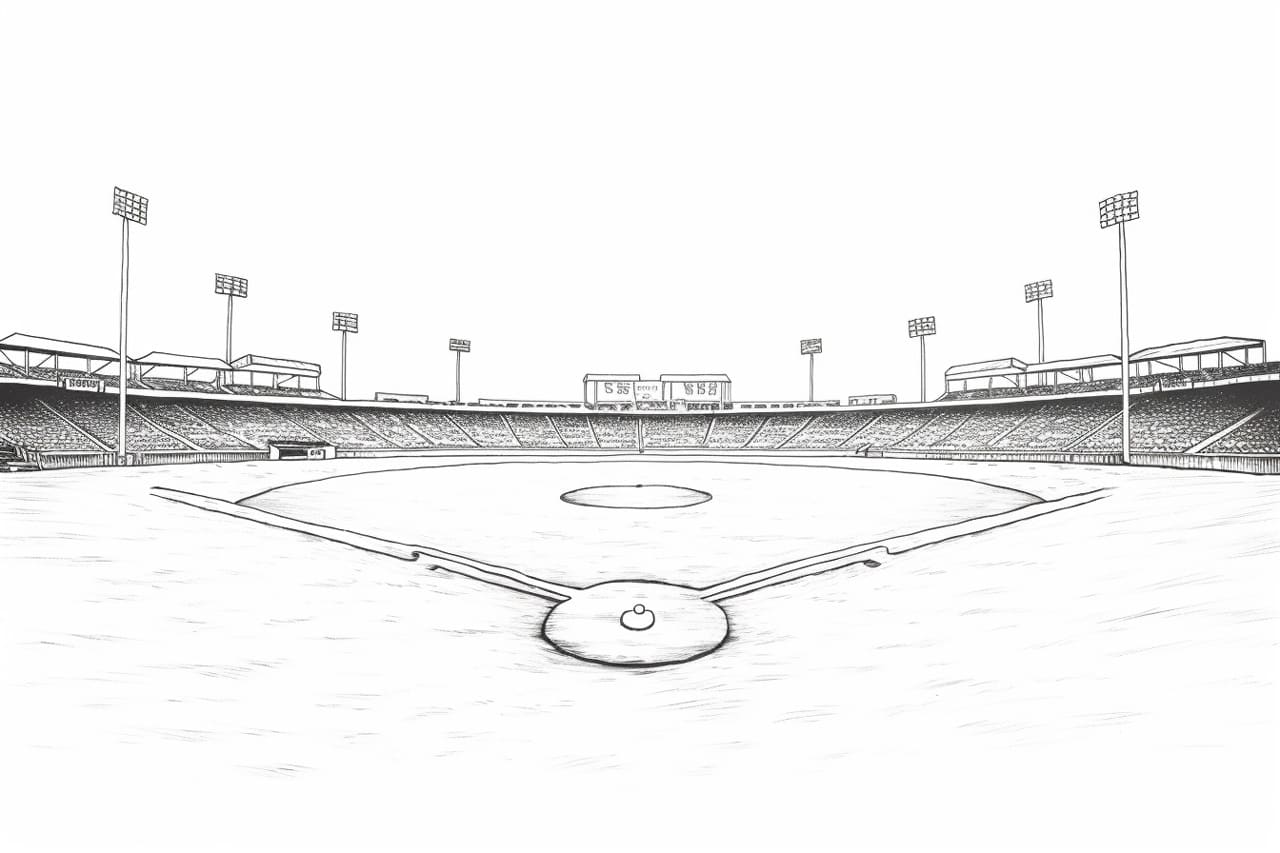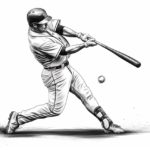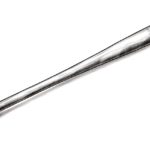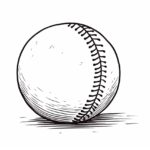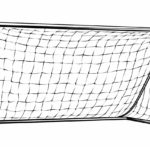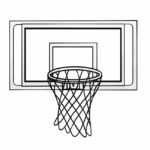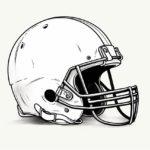Welcome to this step-by-step guide on how to draw a baseball field. Whether you’re an aspiring artist or just looking to create a visual representation of your favorite sport, this tutorial will walk you through each stage, ensuring that you achieve a realistic and accurate depiction. So, grab your drawing tools and let’s get started!
Materials Required
Before we begin, gather the following materials:
- Paper: Start with a blank piece of paper or choose a sketchbook that suits your preferences.
- Pencil: A medium-soft graphite pencil is ideal for initial sketches and guidelines.
- Eraser: Have a soft eraser handy to correct any mistakes or remove unwanted lines.
- Ruler: A straight edge is essential for drawing straight lines and measuring accurate proportions.
- Compass: Use a compass to draw the curves of the bases and pitching mound accurately.
- Colored Pencils or Markers: If you’d like to add color to your drawing, have some colored pencils or markers available.
Now that you have your materials ready, let’s move on to the step-by-step instructions.
Step 1: Setting the Layout
Begin by setting the layout of your baseball field. Use your ruler to draw a horizontal line across the middle of the paper, representing the ground. This line will serve as a guide for the other elements of the field.
Step 2: Marking the Bases
Draw a series of four equidistant points along the horizontal line to represent the bases. These points should form a square shape, with the first base located on the left, the second base at the top, the third base on the right, and the home plate at the bottom.
Step 3: Outfield and Foul Lines
From each corner of the square formed by the bases, use your ruler to draw lines extending outwards. These lines will represent the outfield and foul lines. The outfield lines should be curved, indicating the boundary of the field.
Step 4: Drawing the Infield
Using your ruler, connect the bases with straight lines to form the diamond shape of the infield. Make sure the lines meet at right angles to each other. This will define the inner edge of the baseball diamond.
Step 5: Pitching Mound
Draw a small circle at the center of the diamond to represent the pitching mound. Use your compass to achieve a perfect circle. The pitching mound is a raised area where the pitcher stands to throw the ball.
Step 6: Adding the Batter’s Box
On each side of the home plate, draw two small rectangles to represent the batter’s box. These boxes are where the batter stands during a game.
Step 7: Baseball Field Features
Now it’s time to add the essential features of a baseball field. Draw a rectangle behind the home plate to represent the backstop. This is a protective net or wall that prevents wild pitches and foul balls from hitting spectators. Also, draw two parallel lines extending from the home plate to the backstop. These lines indicate the path for the runners.
Step 8: Outfield Fence and Dugouts
To complete the drawing, add a curved line to represent the outfield fence, enclosing the entire field. You can also draw two small rectangles to depict the dugouts, where the players and coaches sit during the game. Customize your drawing by adding details such as seating areas, scoreboards, or even fans in the stands.
Conclusion
Congratulations! You have successfully drawn a baseball field. By following each step of this guide, you’ve learned the fundamentals of creating an accurate representation of a baseball field. Don’t be afraid to experiment with different colors or shading techniques to bring your drawing to life. Now that you have the skills, practice and create your own unique baseball field artwork.
We hope you enjoyed this tutorial on how to draw a baseball field. Remember, practice makes perfect, so keep honing your drawing skills. Happy sketching!

